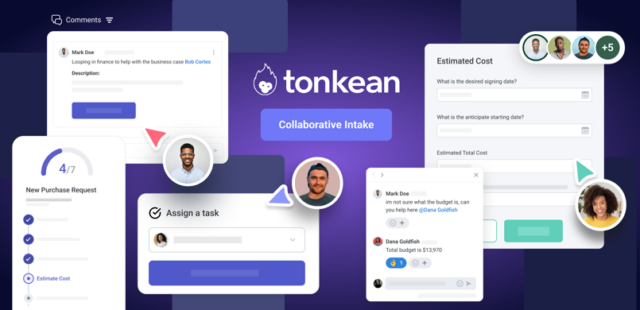Over these last three years we have seen how the essence of ‘insurtech’ has evolved. The 300 insurtechs that we had on stage so far, and the 2,500 that we have in our insurtech database, give us a pretty good picture of what has changed. But also of how things will develop in the coming years. Looking back and ahead, we distinguish four waves of insurtech. With each wave driving the future of insurance in a new direction.
By Roger Peverelli and Reggy de Feniks
THE FIRST WAVE OF INSURTECH: CHALLENGERS
Three years ago, in 2016, ‘insurtech’ mostly meant ‘challengers’. New entrants were out there to attack the established order. Everyone spoke about ‘Disruption’.
The main driver for this first wave? Eroding entry barriers – due to new technologies. New entrants took the lead in intelligent and innovative use of technology and data, designing new ways of working. New ways of working that solved the frictions that customers experienced when working with incumbents.
Oscar, the famous US challenger, put it this way “We didn’t start this company because we love health insurance. Quite the opposite in fact.”
We actually took a closer look at the value proposition of many of these new players. Almost all of them promise that they solve the main reasons for dissatisfaction.
We listed those issues below. Across the
globe, customers have the same kind of complaints about insurance firms. We
concluded that virtually all pain points that customers experience are related
to ‘simplicity’ and ‘being personal’.
Of course, there is still sufficient room to improve here. But all these issues are in scope of operational excellence. So, it would be fair to say that all these issues should be solved shortly, and in fact, quite a few are solved already. We already see that Net Promoter Scores are improving. Perhaps not everywhere, but we’re getting there.
Maybe this is the reason why so far only a few of these new players succeeded in acquiring a significant market share. Apparently, focus on solving operational issues only, simply is not enough to create a sustainable competitive advantage.
The few winning new entrants are the ones that not only solve pain points but which have a truly distinctive new business model on top of that.
A great example of a new entrant with such a winning distinctive business model is of course Lemonade. We were honoured that Daniel Schreiber, the co-founder and CEO of Lemonade, shared his vision at our recent DIA Amsterdam edition. Lemonade combines AI with behavioural economics into new business models, and moreover, new value for customers.
The impact of Challengers in terms of market share may still be limited. But that does not mean that the Challengers are not important. The impact they have on market dynamics is significant, but on a different level.
Their focus on less frictions and new
service levels has changed the expectations of customers. New entrants set
new standards. Customers expect the traditional players to offer comparable
innovative services as well. This makes incumbents realise, that they really
need to step up to the plate, if they want to keep up.











